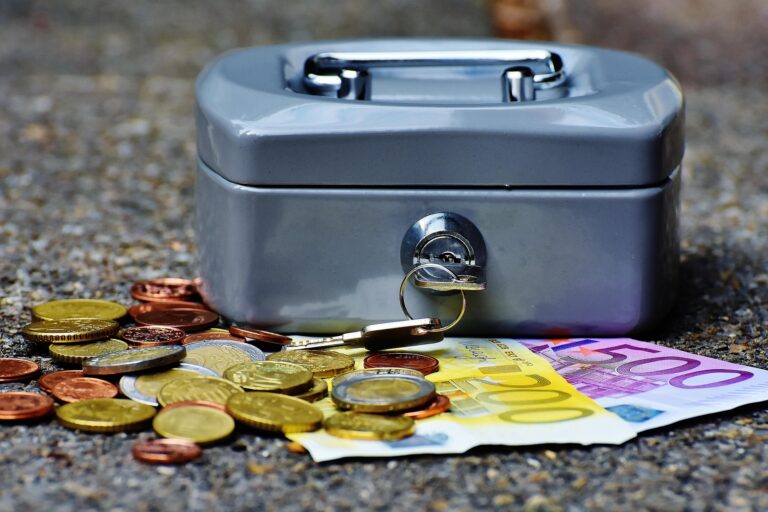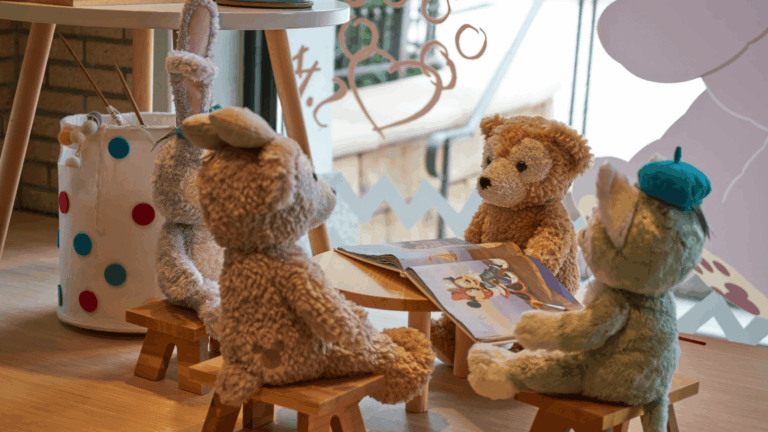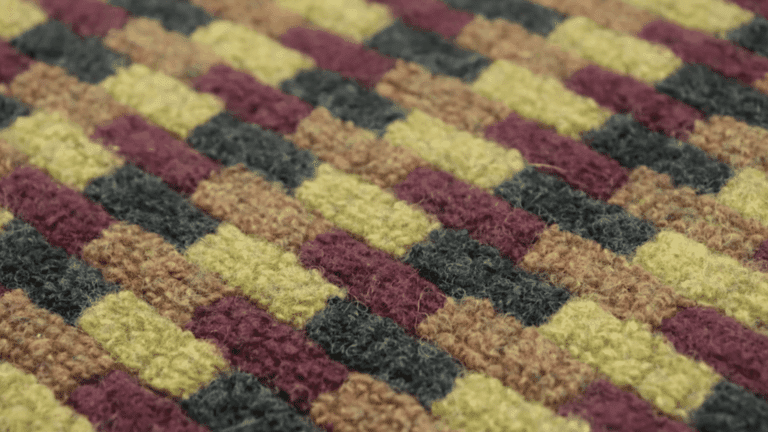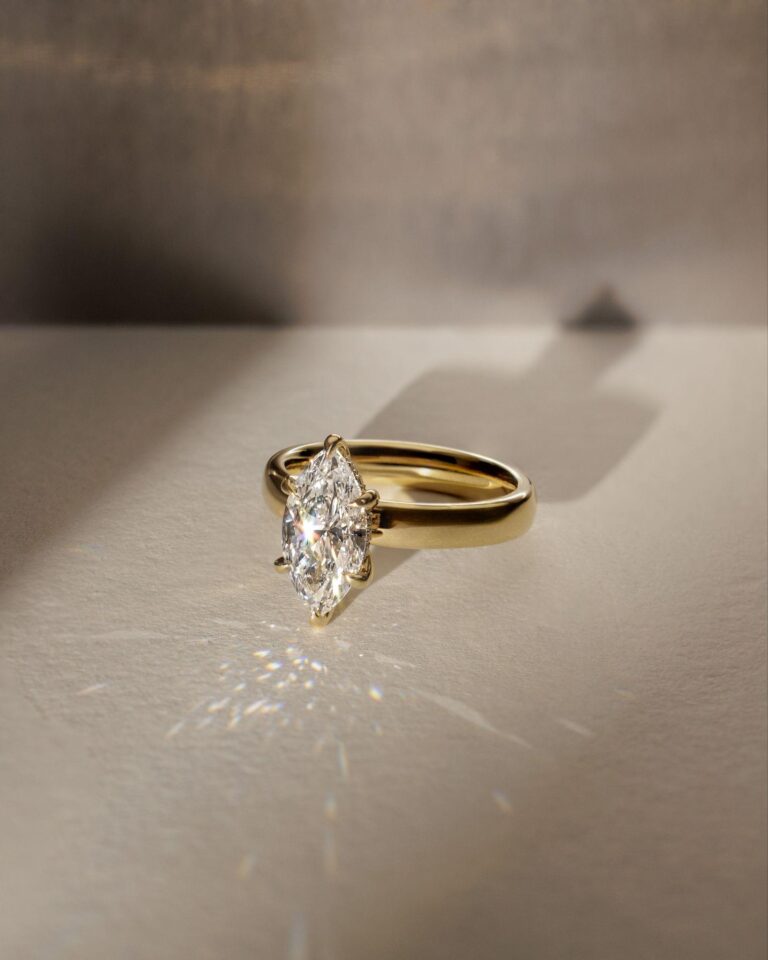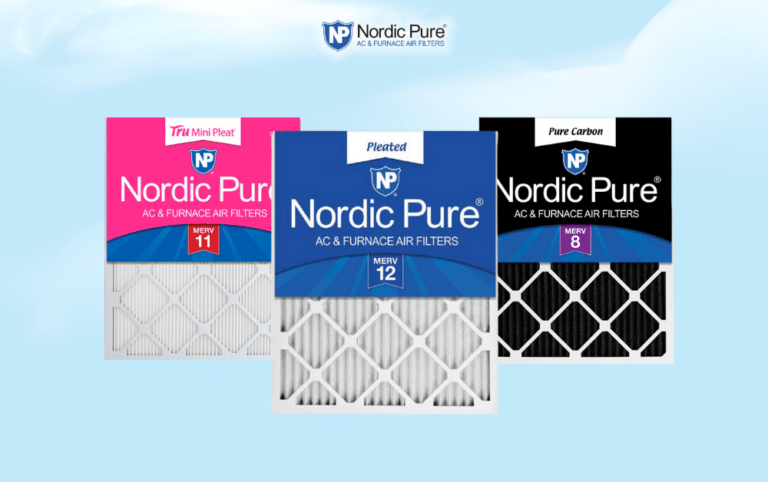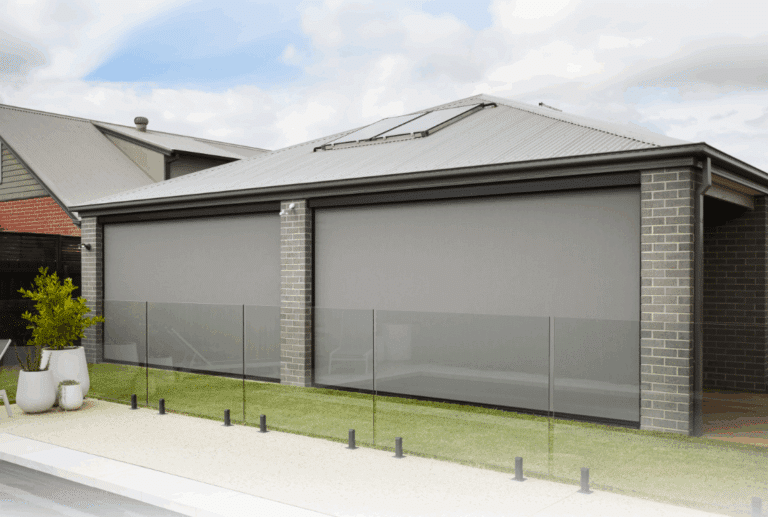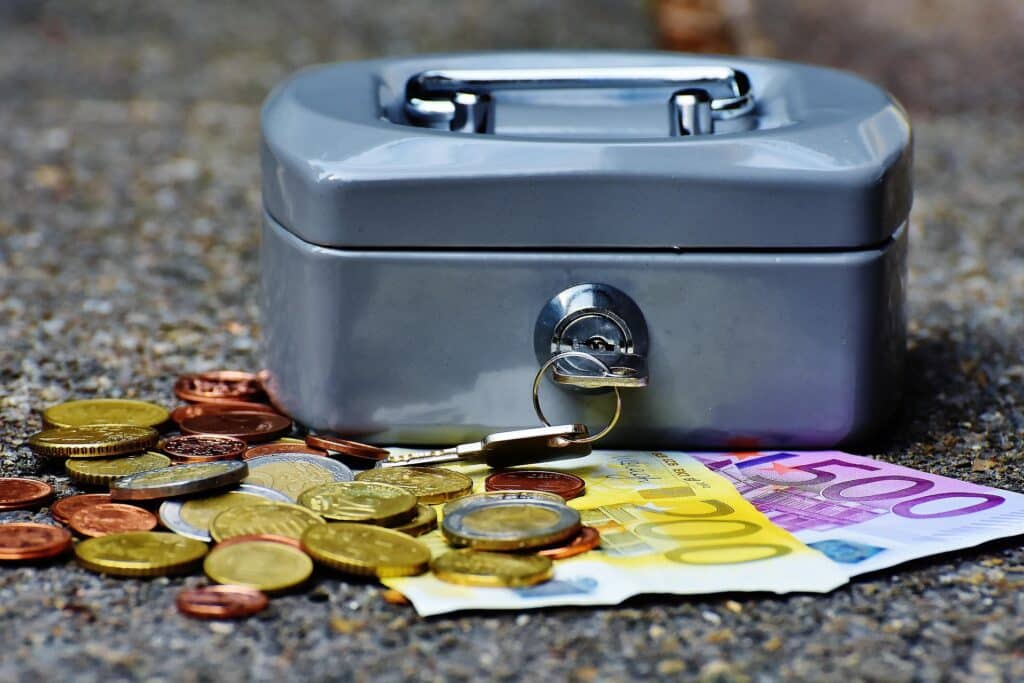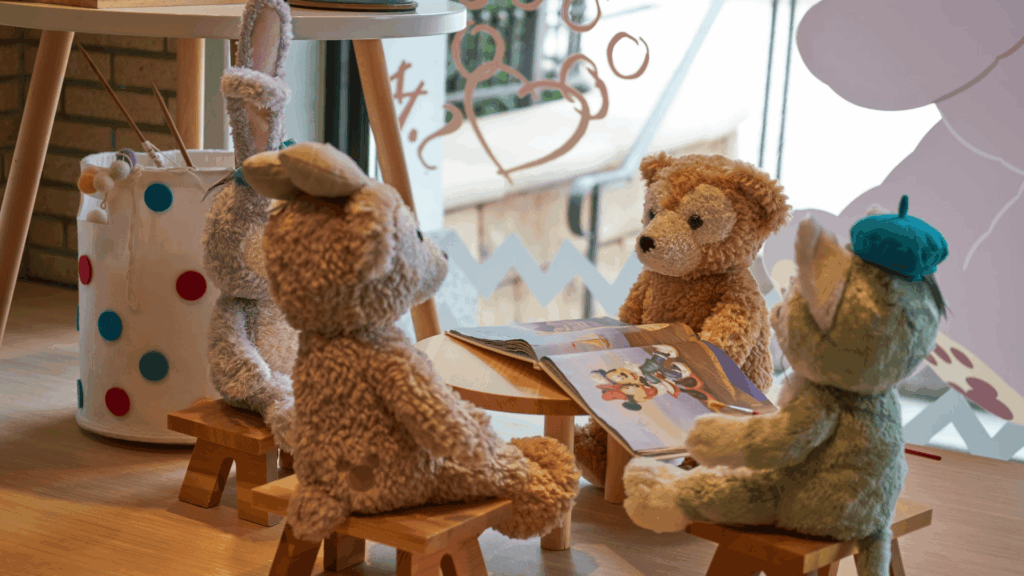Riddles are fun to solve, and they tease our brains with simple words that often hide deeper meaning.
But when we’re faced with a tricky question like what is always in front of you but can’t be seen, it can feel frustrating.
This blog will help you think differently about the things right in front of your eyes, the ones that often go unnoticed.
By the end, you won’t just know the answer to this classic riddle, you’ll also learn how to craft your own. Let’s take a closer look at what might be hiding in plain sight.
The Riddle Explained: What is Always in Front of You but Can’t Be Seen?

The answer to our riddle is “Future.”
This classic brain teaser has puzzled many for years. It’s always ahead of you, yet impossible to see with your eyes.
Another common answer is “tomorrow” – it’s constantly approaching but never visible. Some might suggest “air” or “breath” as solutions, since both are essential yet invisible companions.
The beauty of this riddle lies in its simplicity and depth. It makes us think about things that exist without physical form. When you ponder this question, you’re really asking about what matters in life beyond what’s tangible.
Why “The Future” is the Perfect Riddle Answer?
“The future” fits our riddle perfectly because it’s always coming toward us, yet we can never see it clearly. No matter where you go or what you do, your future stays ahead of you, fixed in its position but hidden from view.
Riddles often use simple words to share big ideas. This one helps us think about time in a new way. It shows how we live with what we cannot see.
The charm of this answer lies in its truth for every person. This small puzzle teaches us something valuable: we must accept that some things remain unknown.
Similar Fun Riddles to Challenge Your Mind

Now that we’ve cracked one famous riddle, what is always in front of you but can’t be seen, let’s try a few more that work in similar ways. These brain teasers also play with what we can and cannot see, or things that exist but remain hidden.
Try to solve them on your own before looking at the answers, it’s more fun that way!
1. What has keys but can’t open locks?
A piano
2. What gets wetter the more it dries?
A towel
3. What has hands but can’t clap?
A clock
4. What comes once in a minute, twice in a moment, but never in a thousand years?
The letter M
5. What has a neck but no head?
A bottle
6. What belongs to you but others use it more than you do?
Your name
7. What can fill a room but takes up no space?
Light
8. What goes up but never comes down?
Your age
9. What has many teeth but can’t bite?
A comb
10. What can travel around the world while staying in the same corner?
A stamp
11. What has one eye but can’t see?
A needle
12. What gets bigger the more you take away from it?
A hole
13. What has no life but can die?
A battery
14. What has legs but doesn’t walk?
A table
15. What kind of band never plays music?
A rubber band
16. What can be cracked, made, told, and played?
A joke
17. What has words but never speaks?
A book
18. What comes down but never goes up?
Rain
19. What has a bottom at the top?
Your legs
20. What can be broken without being touched?
A promise
21. What’s full of holes but still holds water?
A sponge
22. What’s as light as a feather but the strongest man can’t hold it long?
Your breath
23. What has cities, but no houses; forests, but no trees; and water, but no fish?
A map
24. What can you catch but not throw?
A cold
25. What is made of water, but if you put it in water, it dies?
An ice cube
26. What runs, but never walks, has a bed but never sleeps?
A river
27. What is easy to lift but hard to throw?
A feather
28. What comes in a window but is not inside?
Sunlight
29. What’s black when it’s clean and white when it’s dirty?
A chalkboard
30. What has a ring but no finger?
A telephone
31. What can you hold without ever touching?
A conversation
32. What disappears the moment you say its name?
Silence
33. What is always coming but never arrives?
Tomorrow
34. What has four fingers and a thumb but isn’t alive?
A glove
35. What has a head, a tail, but no body?
A coin
36. What kind of tree can you carry in your hand?
A palm
37. What can you see once in a year, twice in a week, but never in a day?
The letter E
38. What has an endless supply of letters but starts empty?
A mailbox
39. What comes before thunder and after lightning?
The letter N
40. What has ears but cannot hear?
Corn
41. What do you buy to eat but never eat?
A plate
42. What do you throw out when you want to use it and take in when you don’t?
An anchor
43. What begins with T, ends with T, and has T in it?
A teapot
44. What can run around a backyard without moving?
A fence
45. What do you find once in a century, twice in a decade, but never in a year?
The letter C
46. What comes with a lot of fluff but weighs nothing at all?
A cloud
47. What do you open every day but never put anything in?
A calendar
48. What starts tall but grows shorter the longer it stands?
A candle
49. What goes up and down without ever moving?
A staircase
50. What has four wheels and flies?
A garbage truck
51. What kind of coat is always wet when you put it on?
A coat of paint
52. What has no beginning, middle, or end?
A circle
53. What has a bark but no bite?
A tree
54. What can be sharp but never cut?
A tongue
55. What has rooms but no doors or windows?
A beehive
56. What travels without legs and whispers without a mouth?
The wind
57. What has no voice but can repeat what you say?
An echo
58. What can you see with your eyes closed?
A dream
59. What has a horn but doesn’t honk?
A rhinoceros
60. What grows down while growing up?
A goose feather
61. What has everything inside but still stays shut until opened?
An envelope
How to Create Your Own Riddles: Easy Tips and Tricks
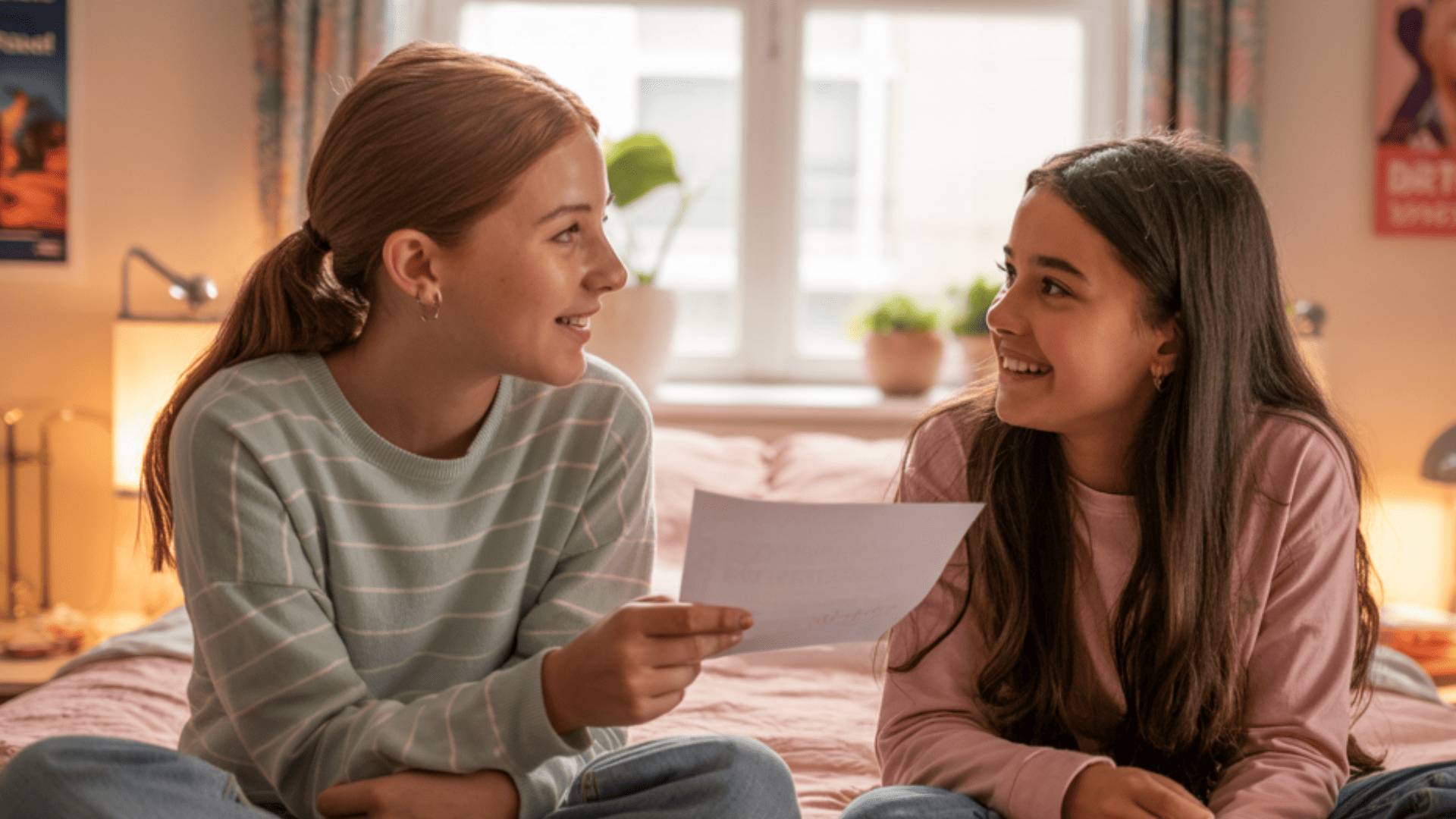
Making good riddles takes more than just a smart idea. It needs careful thinking about words and how people might try to solve it. Here are some ways to craft riddles that will make people think.
- Start with a Concept or Object – Pick abstract ideas like “the future,” “time,” or “thoughts.”
- Play with Language and Perspective – Use contradictions and wordplay.
- Focus on What’s Hidden in Plain Sight – The best riddles often involve things we overlook.
- Create Contrast – Mention two opposite qualities in the same object.
- Keep It Simple – Use clear words that don’t need special knowledge.
- Add a Hint of Misdirection – Lead solvers slightly away from the obvious.
- Make Multiple Layers – Good riddles work on more than one level.
- Use Sensory Details – Mention how things look, sound, or feel.
- Test and Tweak – Share with friends to see if it’s too easy or too hard.
When writing your riddle, think about how to guide people toward the answer without making it too obvious. The best riddles balance challenge with the satisfaction of solving them.
Final Thoughts
So, we’ve solved our riddle: What is always in front of you but can’t be seen?
Riddles do more than test our thinking – they help us see common things in fresh ways. They remind us that sometimes the answers we seek are right in front of us, even when we can’t see them.
Remember that, like the future itself, the best puzzles mix what we know with what we don’t.
Have you thought of your riddle yet? Share it in the comments below! Or tell us: did you guess the answer before reading it? Your creative ideas might stump even the best puzzle solvers in our community!




